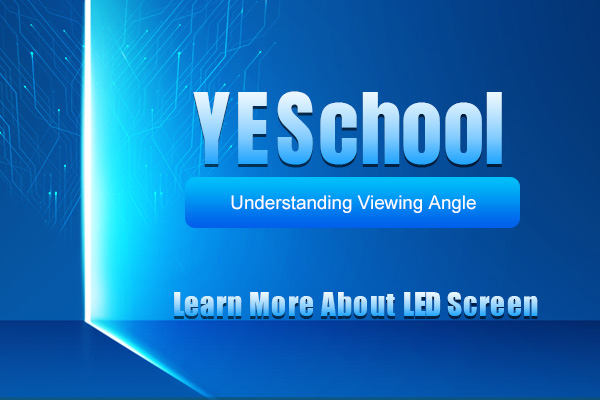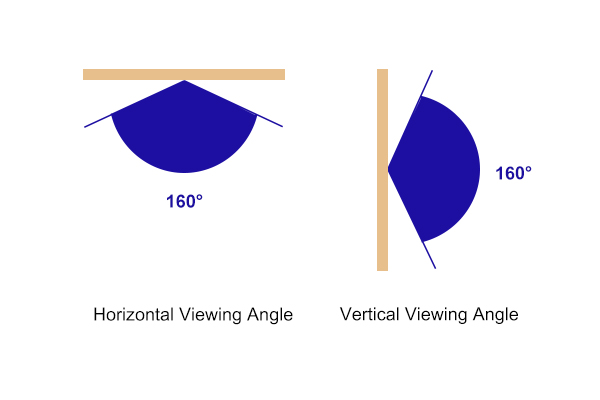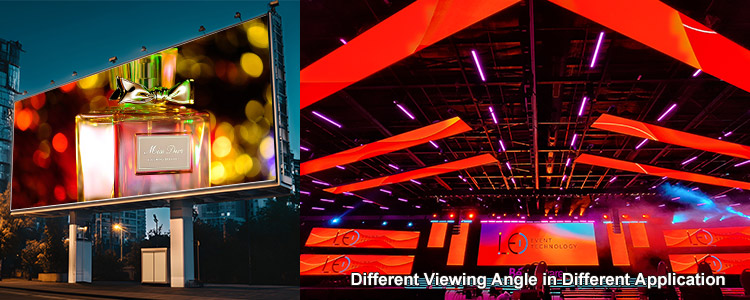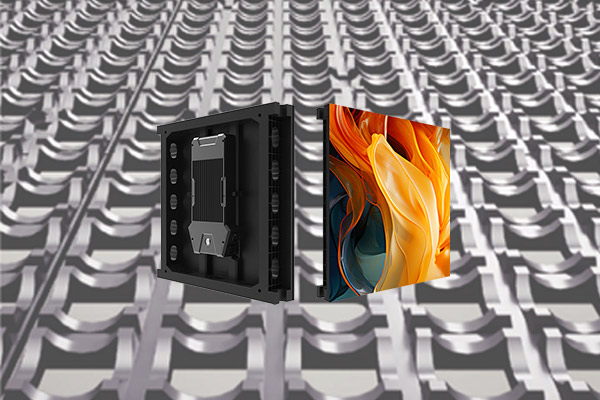Blog/2025.07.31
1. Definition of Viewing Angle
The viewing angle of an LED display refers to the maximum angle range from which users can clearly observe all content on the screen from different directions. It is typically represented in the format “140°/140°,” where the first value denotes the horizontal viewing angle and the second denotes the vertical viewing angle.

Horizontal Viewing Angle: Measured relative to the screen’s normal axis (0°), this angle is the sum of the maximum angles to the left and right at which the image remains clearly visible.
Vertical Viewing Angle: Similarly measured from the screen’s normal axis (0°), it refers to the sum of the maximum angles upward and downward at which the image can still be viewed clearly.

2. Importance of Viewing Angle
Viewing angle is a critical factor in determining the real-world performance of an LED display. Its importance lies in the following aspects:
· Viewing Experience: A wide viewing angle ensures that audiences from various positions receive a consistent and clear visual experience. Narrow viewing angles may result in blurred images, color distortion, or even color inversion when viewed from the side.
· Adaptability to Application Scenarios: In outdoor applications such as billboards or traffic displays, a wide viewing angle (typically between 120° and 160°) is essential for visibility from multiple directions. In indoor close-range applications like conference rooms or control centers, the viewing angle requirements are generally lower.

· Color Performance: When the viewing position exceeds the effective viewing angle, the screen’s brightness, contrast, and color fidelity may deteriorate significantly—manifesting as graying or color shifting.
3. Key Factors Affecting Viewing Angle
Several technical factors directly influence the viewing angle of an LED display:
· LED Package Type
This is the most influential factor. Different packaging technologies result in significant differences in viewing angle performance:
SMD (Surface-Mount Device): Currently, the mainstream technology, offering wide viewing angles typically between 140° and 160°.
COB (Chip-on-Board): An emerging packaging technique with excellent wide-angle performance.
The packaging structure determines the light emission distribution of the LED lamp, which fundamentally impacts the display’s viewing characteristics.
· Pixel Pitch
There is a correlation between pixel pitch and viewing angle. Fine-pitch LEDs (e.g., P1.2–P2.5) generally offer wider viewing angles for short-distance viewing. Large-pitch LEDs (e.g., P10 and above) tend to perform better in terms of viewing angle at longer distances.
· Surface Treatment and Optical Design
Protective layers and coatings on the display surface also affect viewing angle. High-end displays may use anti-reflective or anti-glare coatings that enhance side-view performance and reduce visual degradation from oblique angles.
The YES TECH MG9 series utilizes a unique U-shaped mask design that enables an ultra-wide 160° viewing angle, significantly expanding audience coverage.

The viewing angle of an LED display is a core metric of display quality and directly determines the end-user viewing experience. Choosing an appropriate viewing angle for the intended application, along with optimizing parameters such as packaging method and surface treatment, is crucial to achieving optimal display performance.
+86-(0)731-84539619
Hunan Yestech Optoelectronic Co., Ltd. Terms of Service Privacy Policy Powered by szweb